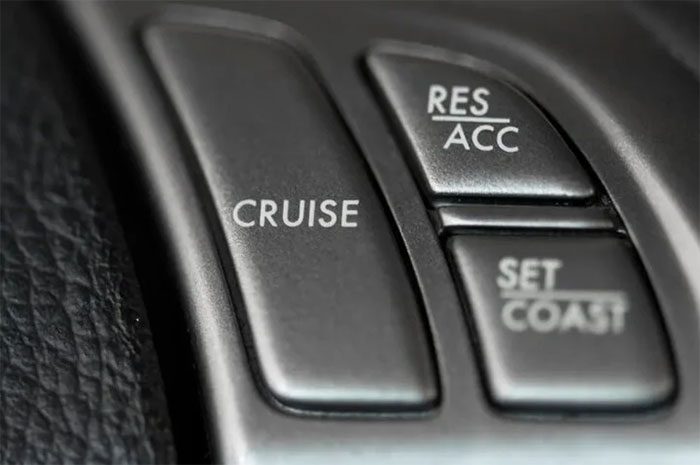Using cruise control in your car can save fuel in certain situations. Below are some ways you can utilize cruise control to save gasoline.
How to Use Cruise Control
1. Use Cruise Control on Straight Roads: When driving on a long, flat stretch of road, activate cruise control at a steady and appropriate speed for that segment. This helps avoid frequent speed fluctuations, which can save fuel.
2. Use Cruise Control on Highways: Cruise control is often more effective on highways, where you can maintain a steady speed for extended periods. It enhances fuel efficiency by reducing the frequency of speed changes.
3. Adjust the Set Speed: If you are using cruise control on hilly terrain or in strong winds, adjust the set speed to ensure that your vehicle does not need to expend extra fuel to maintain that speed.
4. Turn Off Cruise Control in Inappropriate Situations: Avoid using cruise control in complex traffic conditions or when you need to navigate through winding roads. Cruise control typically cannot predict these complex scenarios and may increase the risk of accidents.
5. Perform Regular Maintenance: Ensure that your cruise control system is functioning effectively by regularly performing maintenance and checking its condition.
In addition to using cruise control, you should also adhere to other fuel-saving principles such as maintaining proper tire pressure, reducing excess load, and turning off the engine when idling at red lights or for extended periods. This will help you save fuel and reduce your vehicle’s fuel consumption impact.

Cruise control adjustment button on a car steering wheel. (Photo: YourMechanic)
Activating Cruise Control in Your Car
To activate cruise control in your car, you need to follow these steps (note that the activation method may vary depending on the vehicle model and manufacturer):
1. Start the Car: Begin by starting the car and ensuring that you are in a normal driving condition.
2. Adjust Desired Speed: Set your desired speed using the button or lever on the steering wheel or control panel. This is the speed you want the car to maintain while using cruise control.
3. Activate Cruise Control: Turn on or activate the cruise control mode in your vehicle. Most modern cars have a button on the steering wheel or dashboard, often marked with an icon resembling a speedometer. Sometimes, you may need to press the “ON” or “SET” button after adjusting the desired speed.
4. Confirm Speed: Once you have activated cruise control, the vehicle will attempt to maintain the speed you have set. Typically, you can see the desired speed displayed on the dashboard or speedometer.
5. Adjust Speed: You can fine-tune the speed up or down using the lever or buttons to increase or decrease speed on the steering wheel or control panel.
6. Turn Off Cruise Control: To turn off cruise control, you can press the “OFF” or “CANCEL” button on the steering wheel or control panel, or press the accelerator pedal. Cruise control will disengage, and you will continue to control speed with your foot.
Note that activating cruise control and specific features may vary depending on the vehicle model and manufacturer. Please refer to your vehicle’s owner’s manual for accurate instructions on how to use cruise control.


















































